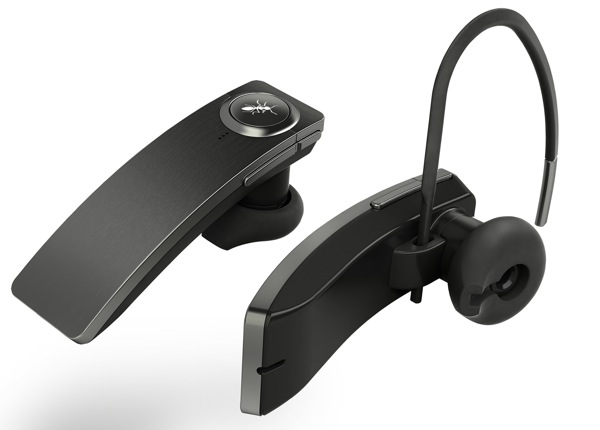Review: iPad
Work got me an iPad 3G, since a lot of our customers are likely to use one, and it would behoove us to have some on-hand to look at issues ourselves. It arrived Tuesday, and I’ve been putting it through its paces since then. Short version is, the more I use it, the more I like it. I’m sort of on the fence right now as to whether I’d actually buy it if work didn’t get it for me, but currently leaning toward “no.”

The Good
- Interface – Nothing notably new here if you’re used to the iPhone/iPod Touch interface. Apple is really, really good at designing user interfaces. However, being on a bigger screen, all the apps feel like grown-up versions. The music player is more like the full iTunes, email is a lot more usable.
- Speed – It’s fast. Notably faster than my iPhone 3G. Very responsive; it loads up apps quickly, and there’s very little delay in rotating the screen when you change orientations.
- Music Player – Very close to the full iTunes experience, thanks to the extra room.
- Battery Life – This seems to be pretty darn good, though maybe I’m biased because the iPhone has such crappy battery live. More testing will be required, but after a couple of days of moderate use (I’d say maybe 5-6 hours total) it was down to about 60%.
- No Contract 3G Service – $30/mo for unlimited wireless Internet, $15/mo for 250 MB, and you can change that up or cancel it any time you want. Not exactly cheap, but not an arm and a leg either, and no contract.
- Speedy Push Notifications – Though sometimes it’s about even, my iPad usually gets push and email notifications notably faster than my iPhone. E.g. when I get a new email via Gmail, my iPad usually knows even before my desktop web browser does, and maybe 10-15 seconds before
- Full GPS – The 3G model has a full GPS chip. I’ve heard reviews that have said it seems to take a little longer to lock on than the iPhone 3GS, but that once it does it seems to hold the signal better. I’ve only used this a little, but it seems to work very well. I could definitely see using this as a replacement for a car stereo and GPS.
The Bad
Most of these things are really more “annoying” than bad. But I wanted to use the good, the bad, and the ugly as my headlines, so shut the frack up.
- Weight – Its heavier than I thought it would be. Wihch isn’t to say it’s a brick, but it’s definitely solid. I can see this causing a bit of arm fatigue if you’re trying to hold it up for more than a minute or two.
- Whitespace – One area where the interface doesn’t shine. The homescreen seems to have lots of empty space. The app icons should either be closer together, or larger, or some combination of the two. See picture.
- Fingerprints – Like the iPhone, this thing is bad at collecting fingerprints.
- Recharge Time – Probably due to having a bigger/better battery, the recharge time is a lot longre on this than I’d expected.
The Ugly
- Audiobook Transfer – This is really odd and unintuitive to someone who’s used an iPhone. Instead of transferring audiobooks with your normal audio files, you transfer them as you do eBooks. When I first tried transferring, I noticed that the audiobook playlist I had didn’t even show up as an option for syncing. I added a non-audiobook file to it and it showed up, but when I synced the playlist it only transferred that one music file, not the audiobooks. Only after some searching the web did I find that you have to use the Books tab from iTunes on your computer, scroll down, and select audiobooks there.
- Can’t Recharge From Computer – When I connect the iPad to my computer via USB, it lists “Not Charging.” Apparently you can only charge your iPad from either a wall outlet, or from a Mac. PC users are out of luck. This is a pretty bad issue.






